Chutaro lives on Majuro Atoll in the Marshall Islands and needs a boat that will do a wide variety of things very well: carry his young family of five around the coral-studded lagoon, sit upright on a sandy beach, drift reef flats while fishing, navigate breaking waves, and ferry people and supplies across open ocean to distant atolls. For over 20 years, Ben’s do-it-all boat has been a 16 Montauk—a Boston Whaler that was built in 1974 and is 16′ 7″ long with a 6′ 2″ beam and a 9″ draft and powered by a 90-hp Honda outboard.In addition to frequent trips in his 16 Montauk inside and offshore of Majuro Atoll, Ben has made scores of safe passages to outlying atolls. I’ve had the good fortune to join him on many of those trips including perhaps two dozen open-ocean passages ranging from 20 miles to well over 60 miles. For our most recent trip in September 2023, Ben added a slightly larger 17 Montauk to his fleet. Built in 2004, it is 17′ long with a 7′ beam and a 9″ draft.By the time Boston Whaler built the first-generation 16 Montauk in 1973, the boat already had a distinguished pedigree. The design was a collaboration between Dick Fisher and his friend, Ray Hunt. Fisher was a Harvard philosophy grad who ran a small business near Boston, but he tinkered with novel small-boat designs and new fabrication materials and methods. Hunt was a prep-school dropout, champion sailor, and self-taught naval architect who would go on to find fame as a designer of fine motor and sailing yachts.
Join The Conversation
We welcome your comments about this article. To include a photo with your remarks, click Choose File below the Comment box.

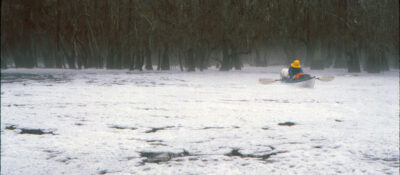
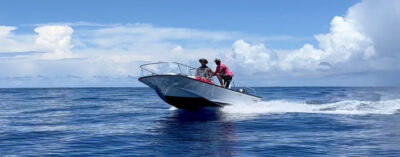
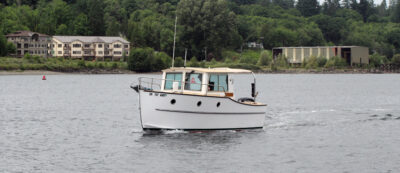
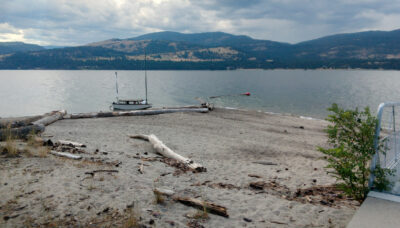
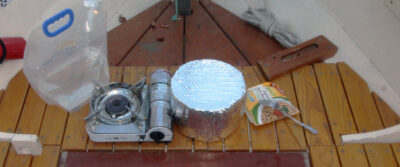
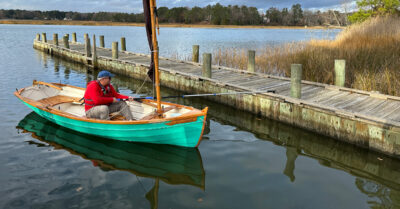
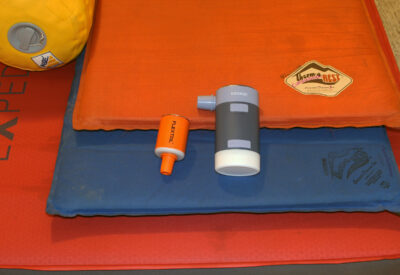

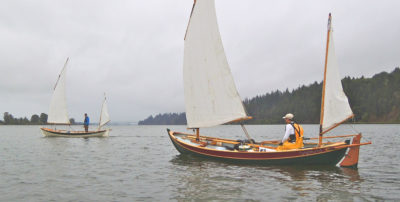
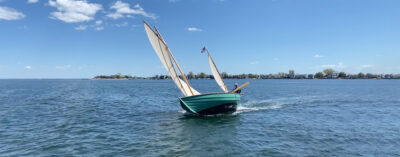
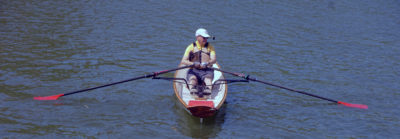
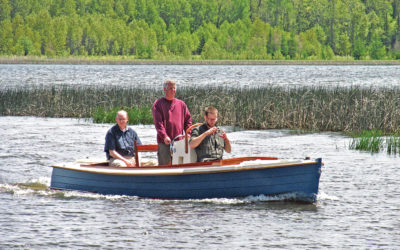
My Uncle Sam was kind enough to let me take custody of the 16’7″ models when I was running an EOD team ( Explosive Ordnance Disposal) in the Mekong in 1970. Had twin Johnrude 40’s; we had six, two on the boat, two ready to put on the boat and two being serviced. We got stainless impellers for the waterpump as I recall, and tossed the thermostats. We carried a flywheel puller and ignition parts when on the water. We pulled much of the electrical gear and relied on a very large PBR starting battery to start the motors, which could be charged at our hooch. Boat was marine-corps green, with white canvas tuck-and-rolled seats. No standing console, steering low with a radio box added. We also rigged a long, narrow 22-gallon fuel tank on either side aft of the steering bench. These could be pulled and swapped for a 5-gallon can if we needed the space for diving. We also had a 30-cal mount for show. After some months Uncle Sam sent us single 80s which were more reliable and faster than the 40s along with a little maybe 10-horse getting-home engine. I have a photo of this rig somewhere if people want to see it.
Since 1970 I have owned a 13′
Is my memory faulty, but didn’t the original Montauk, first 250 or so hulls, have a small cuddy cabin with clamshell doors on the front bulkhead? Am I confusing it with another model?
There is a Montauk rigged like that up here in midcoast Maine.
From what the owner said it was an option at the time.
Tim,
I really enjoyed your article on the Boston Whaler Montauk and the information on the evolution of hull designs. As a fish ecologist working primarily in rivers and estuaries in the northern Gulf of Mexico (now retired), I used both the 16’ and 17’ Whalers in my research and for family outings. I have always put great faith in the unsinkable hull design, but a couple of unplanned events led to real tests of the hull unsinkability.
In 1980, I upgraded from the 13’ Whaler to the 16’ Boston Whaler, purchasing it as a bare hull and then building all the interior out of mahogany. At this time my family and I were living at the University of Oklahoma Biological Station and I was doing research and recreational fishing on Lake Texoma, a large reservoir on the Texas-Oklahoma border. There, on a Saturday fishing trip with a friend, we had been trolling for Striped Bass, but decided to bottom-fish so we shut off the Chrysler motor and drift-fished about 100’ offshore from a vertical rock wall. In the distance we could see a large cabin cruiser coming directly toward us, but assumed that the skipper would soon change course, given the vertical rock wall behind us, but he did not. Because we had been trolling for several hours at low speed, the Chrysler outboard would not immediately start, and the emergency horn was not readily accessible. In a matter of seconds, we dove off the bow, diving deep to avoid propellers. The cabin cruiser, going at planing speed, hit the Whaler amidships, dislodging the console, but then sliding off the Whaler which remained afloat. We were both fine, and could rescue ourselves by getting back into our Whaler. If the Cabin Cruiser had not hit us, it would have smashed into the rock wall and the two people in the cruiser would likely have been killed.
The 16’ boat was declared a total loss and was replaced by a 17’ Montauk which served us well for research and family outings until 2005. After retiring in 2004 and moving to Colorado, we kept the Montauk at a marina on the Mississippi Gulf Coast. This all changed in late August, 2005, when Hurricane Katrina struck the Mississippi Gulf Coast, with surge approaching 28’ in the area where we kept the Whaler. The marina and many boats suffered major damage. The Whaler was in dry storage, fastened to its trailer, with the drainage plug out. For several months we didn’t know whether we still had a boat or not. When it was found, the trailer was still attached to the boat but was so damaged it was a total loss. In contrast, the Boston Whaler generally suffered only nicks in the gelcoat and the paper nautical charts in the locked center console did not show any indication of water damage. We concluded that during the storm surge the Whaler essentially floated the trailer.
I never doubted that Whalers were unsinkable, but now I’m even more of a believer; however, I don’t plan on doing any more tests of it.
I owned one of these back in the 70s. Powered with a used 70-hp Evinrude, which was really more power than it needed. I used it on Puget Sound (out of Bellingham) mainly, though one time I used it on Lake Chelan to haul dock-building poles for a pier at my parents’ lot a few miles up the lake from Manson. Didn’t carry them on the boat, but towed them for 2 or 3 miles; the road into the lot was marginal, in fact barely passable in our old pickup.
I loved the soft ride over a 1-foot chop at speed, though more than that required throttling back. My only gripe was that it was a very cold ride, even on a hot day, due to being exposed to the wind.